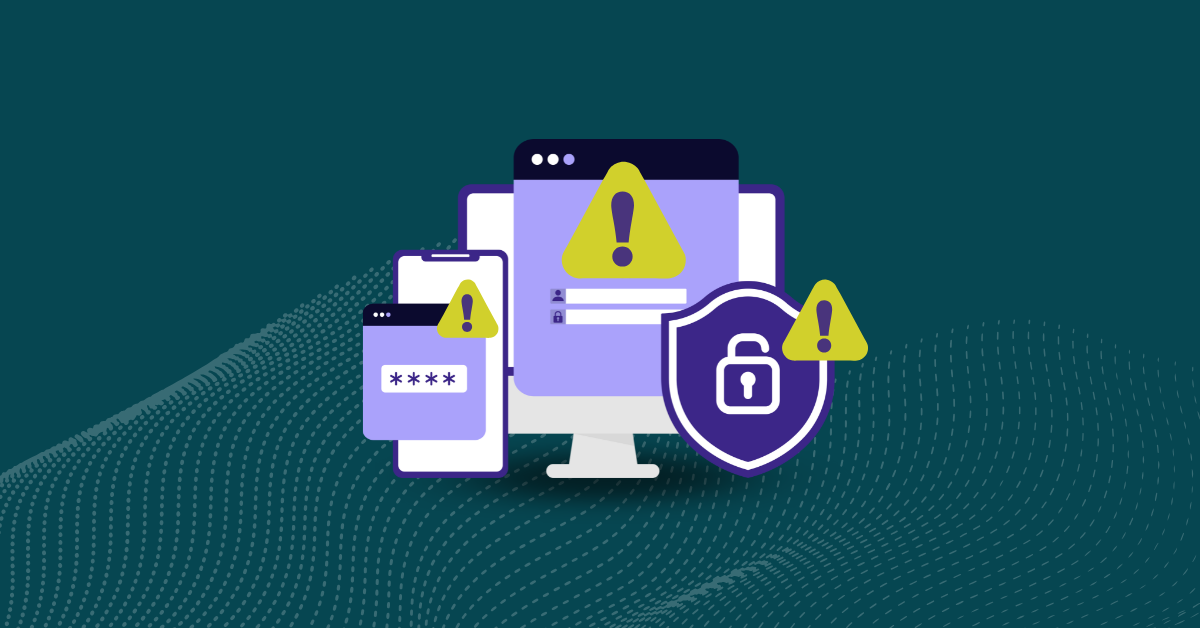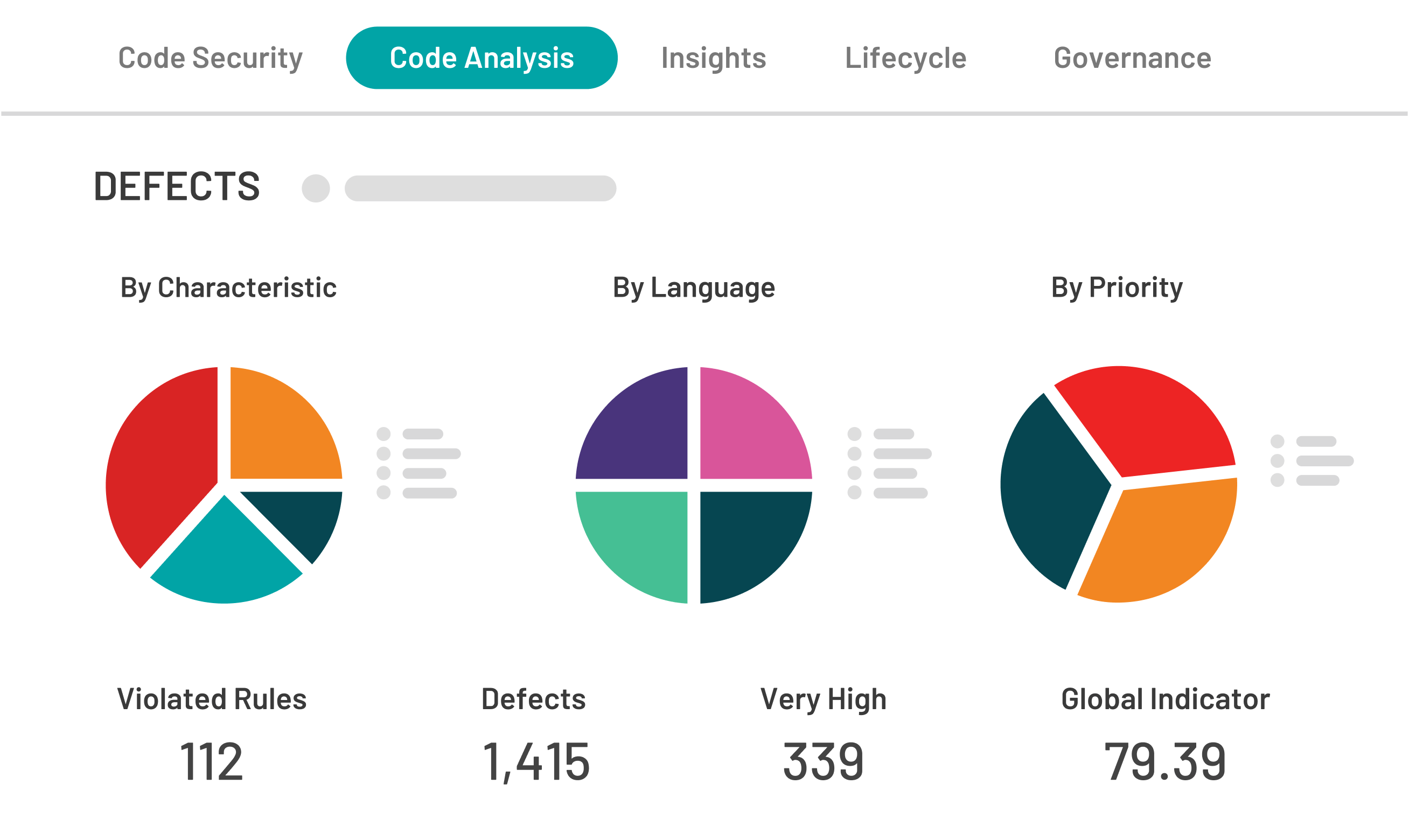

Each year, cybersecurity thought leaders predict the threats we may face, but these trends often evolve slowly over time. Despite technological advances, there aren’t usually dramatic changes from one to the next with respect to cybersecurity threats. These trends typically evolve more slowly over several years.
This article will compare and contrast cybersecurity threat predictions from 2018 with those from today and see which ones are still relevant, no longer a concern, and what new threats developers need to consider.
Back in 2018, concerns about information security were focused on emerging threats of the time, including:
There have been tremendous changes in the tech industry and society since 2018. The two most notable events were COVID-19 in 2020 and the release of ChatGPT in late 2022. COVID-19 caused widespread shutdowns, spurred numerous innovations, and organizations scrambled to begin or complete digital transformations. The number of people working and learning from home drastically increased, and they all needed platforms that could support online communication, collaboration, and secure data sharing.
OpenAI’s generative artificial intelligence chatbot, ChatGPT, shook the world when it was released. Just five days after its launch, ChatGPT reached over one million users and 100 million users within two months.
Given the advanced technologies that rose from these two developments, it’s almost surprising to look back at security threats from 2018 and realize that most are still significant concerns today. However, there are also new threats that weren’t even imagined in 2018. While many previous threats still exist, there have been marked changes in the scale, sophistication, and attack methods. Today’s challenges include the following.
In 2018, AI was under development but not readily accessible. OpenAI’s release of ChatGPT under an open-source model changed that. Hackers quickly pounced on this new technology to craft attacks such as automated phishing by generating persuasive fake emails and telephone scams using AI-generated clones of people’s voices.
Bad actors can attack AI programs directly through data poisoning, injecting malicious data into training sets to corrupt ML models, and model inversion, which extracts sensitive information from trained models. They can manipulate inputs to deceive AI systems by altering images to bypass facial recognition.
Although quantum computing is still in its infancy, as it advances, it could be a significant threat to traditional encryption methods. AES-256 is the most current method of encryption. It’s widely regarded as unbreakable because it would take even the most powerful supercomputers 300 trillion years to crack it using brute force. A powerful enough quantum computing system could break it in as little as 10 seconds, exposing almost all of the world’s confidential data.
Advanced AI can create highly realistic, fake audio, video, or images. Malicious actors can fabricate convincing videos of people saying or doing things they never did and use them to commit identity theft or fraud and spread misinformation. Criminals can use deep fakes to impersonate executives to authorize fraudulent transactions. They can also manipulate public opinion by creating and spreading false information.
The rollout of the 5G network was controversial, mainly because it coincided with the pandemic, leading some to suggest the two were connected. Although 5G doesn’t spread COVID-19, it does pose security vulnerabilities. These stem from increased connectivity and complexity, expanding the attack surface and making networks more susceptible to cyberattacks.
The network relies on software-defined networking, and network slicing introduces vulnerabilities that malicious actors can exploit. The higher data transfer speeds and lower latency can also support faster and more sophisticated cyberattacks. Its decentralized architecture makes it harder to detect and respond to threats.
While supply chain security was already a concern, the 2018 challenges seem almost quaint in retrospect. COVID-19 led to widespread shortages of essential supplies, and subsequent labor shortages exacerbated the problem. Natural and manmade disasters shut down significant ports and routes. In response, a big push was towards an innovative, transparent supply chain that relied heavily on network-connected sensors. Ironically, this shift made the supply chain security threat from 2018 even more relevant.
The only constant in cybersecurity is change. It can seem like an endless game of Whac-a-Mole. Hackers roll out increasingly sophisticated attacks, and cybersecurity professionals attempt to thwart them.The cybersecurity landscape is constantly evolving, and staying ahead of these threats requires a proactive approach. With Kiuwan’s end-to-end application security platform, you can protect your software from emerging vulnerabilities. Request a demo and see how Kiuwan can help you secure your code in 2024 and beyond.


